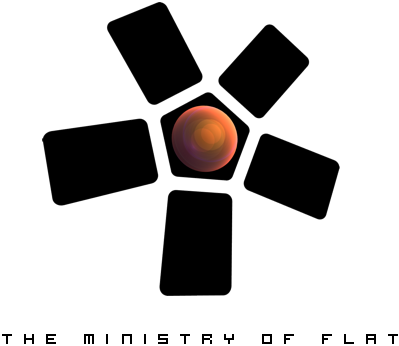The Ministry's procedure is unlike previous attempts at making an automated UV unwrapper. It thinks like an artist. It doesn't follow some simple heuristic, it apply to every model. Just like a skilled artist, the procedure analyses the model and approaches each type of geometry differently to get the optimal result. It detects over 20 different types of topologies and approaches each one differently. The Ministry has spent countless hours UV mapping and texturing models. This experience has layed the foundation to create the ultimate UV tool, for 3D painted models, light mapping and procedural materials. The Ministry of Flat is continuously developing the procedure with the feedback and support of list of professional 3D artists at several different AAA game studios to ensure it meets all the demands of 3D artists.

The Ministry is dedicated to a fully automated procedure. There is no need to set seams, tweak settings, or even inspection of the model, it just does the work. Hard surface, soft surface, or a mix, whatever kind of models you have, the procedure has a stage dedicated to it. We have a vision of a workflow where artists can reliably forget that UV mapping even exists and go straight from modeling to texturing. For this to be possible, the algorithm must be trustworthy, and consistently produce great results. Any human input required would limit the use cases, and act a as a crutch to our ministerial staff, that should not have to be accepted by artists.
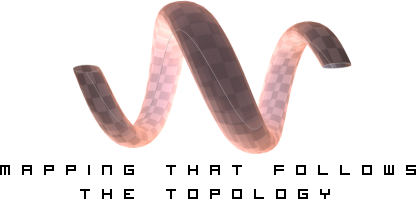
The Ministry believes in optimizing, to minimize stretching and seams, and to maintain an even texture resolution throughout the model. But unlike other solutions it also takes great care to rotate the texture correctly. Correctly rotated UV makes a huge difference in texture quality in many cases, as jaggy lines require a lot more texture resolution than straight lines. Sometimes the procedure even adds stretching, in order to maximize texture usage and to better follow the topology of the model, just like an experinced artist would. The procedure also places seams in places where they are best hidden. The Ministry's has implemented countless special cases and tricks, taken from the experience of a good UV artist.
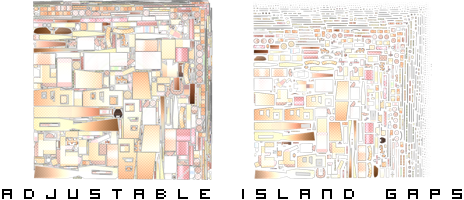
- No artist input. Zero, zilch, zip, nada.
- Handles any type of mesh, characters, machines or environments.
- Ideal for lightmaps and use with procedural paint tools.
- Enables new workflows where geometry changes are less costly.
- Handles complex meshes with many folds very well.
- High quality output:
- No overlaps.
- Good packing.
- Minimal stretching.
- Intelligently rotated.
- No reversed polygons.
- Adjustable island gaps to prevent bleeds.
- Dependable, removes the need for asset QA.
- Available with UI, or as command line tool for pipeline integration.



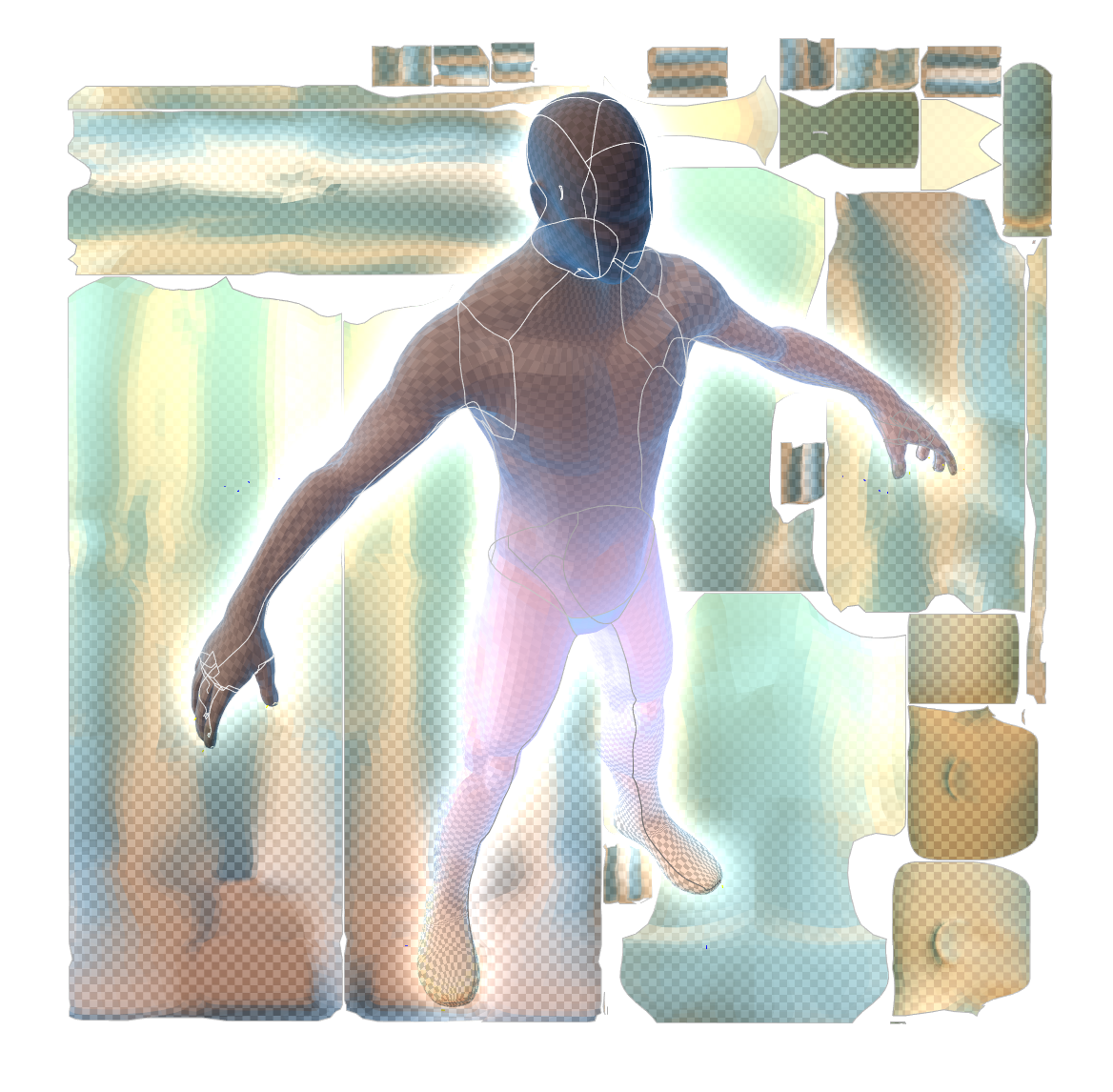
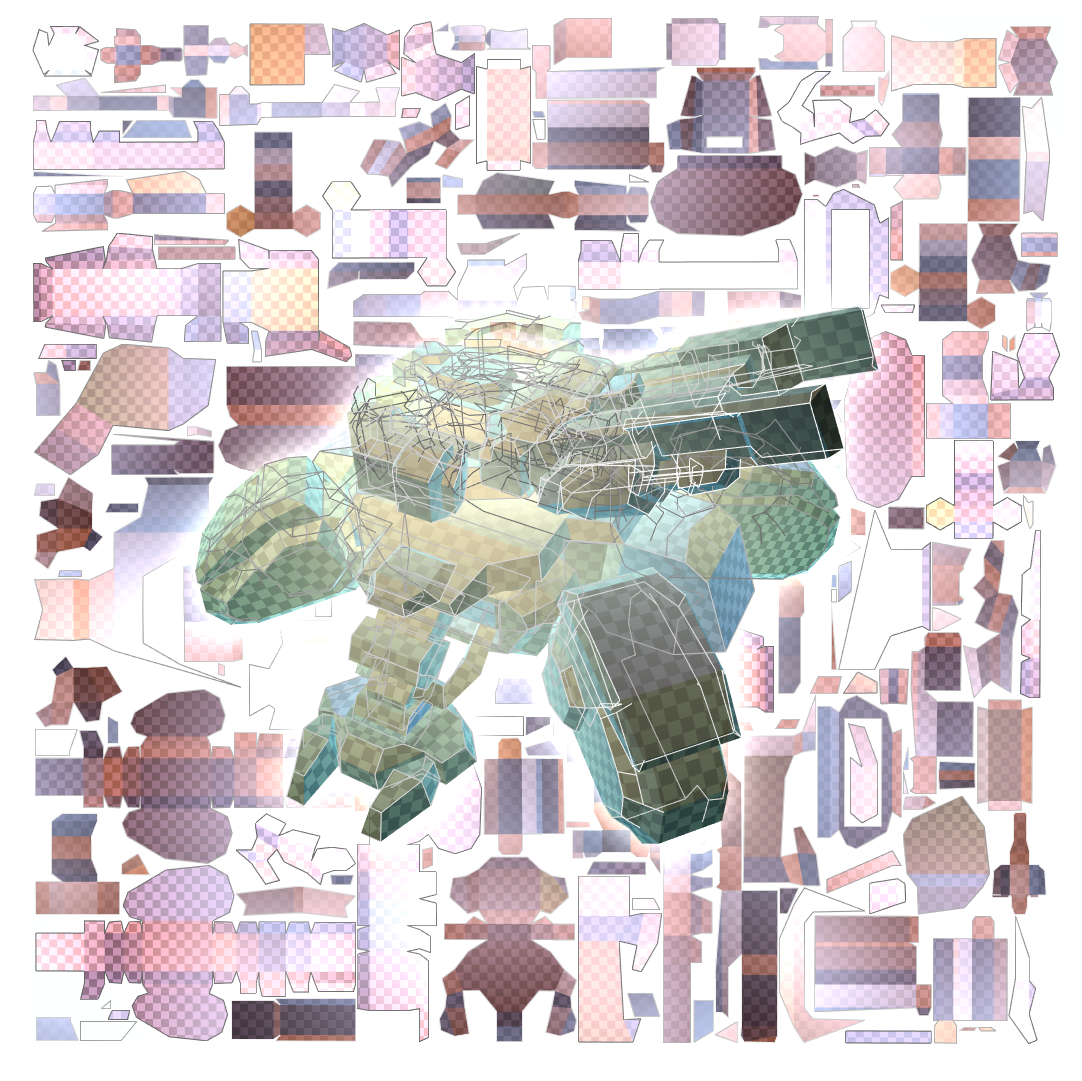
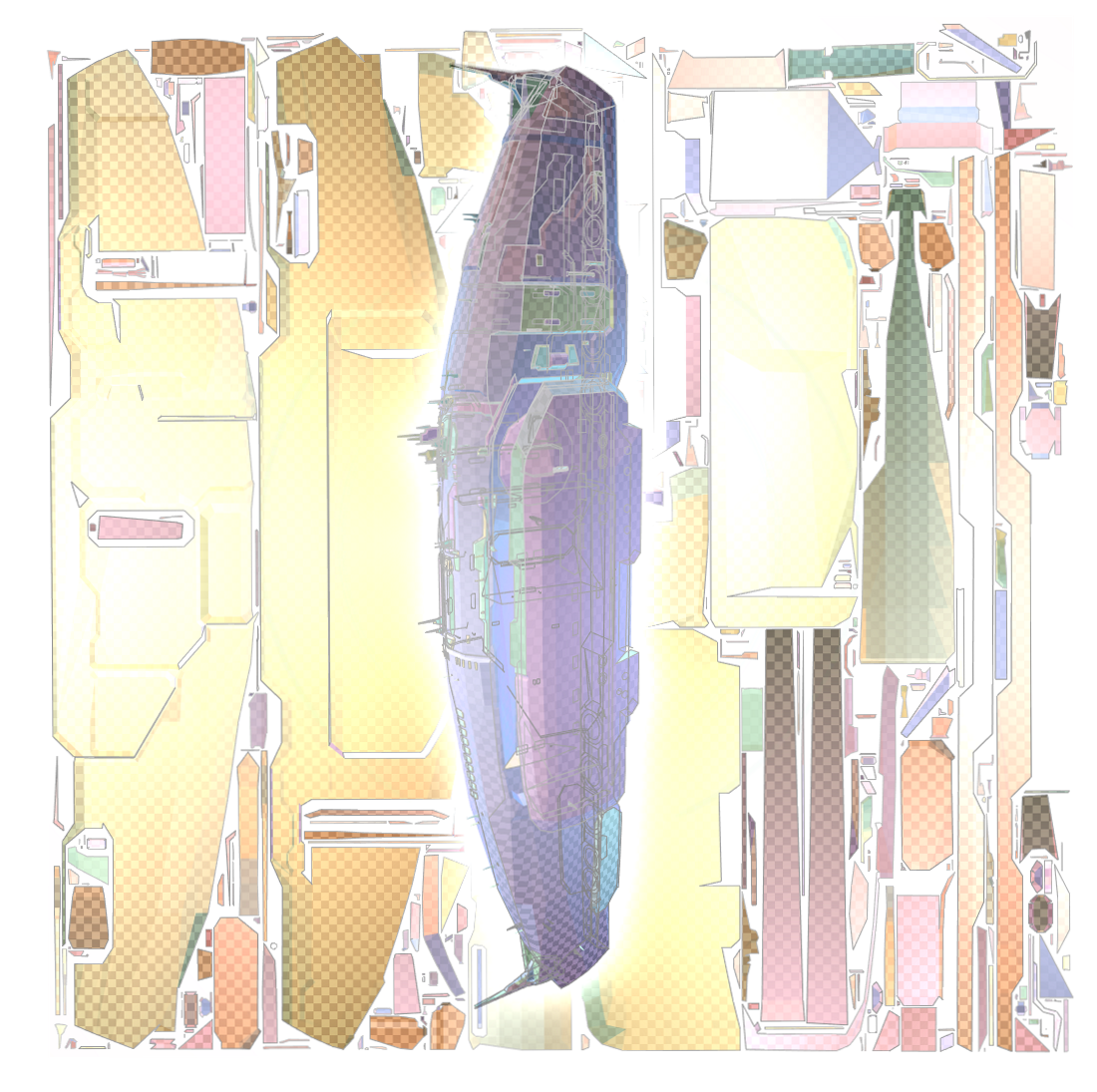
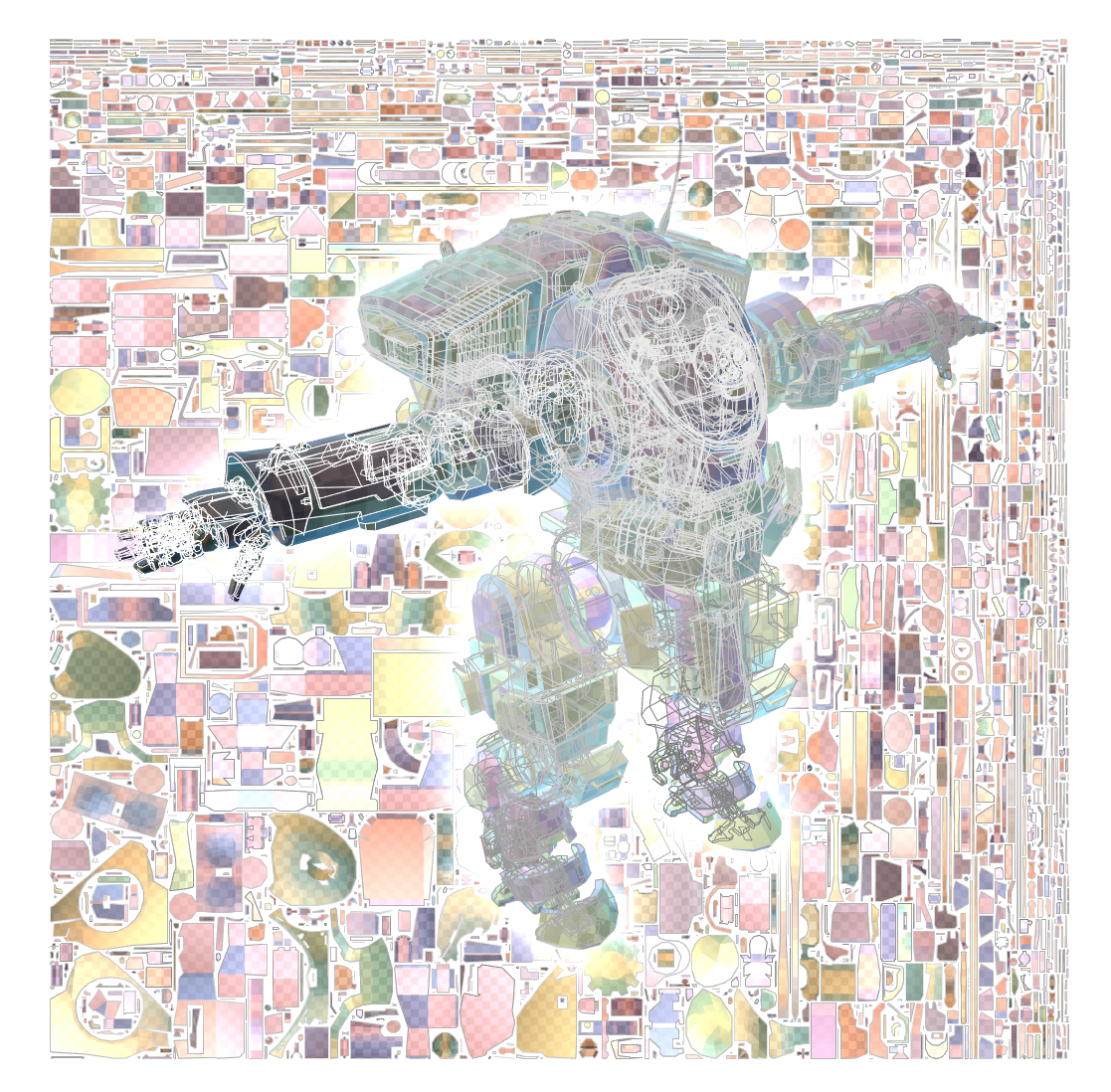
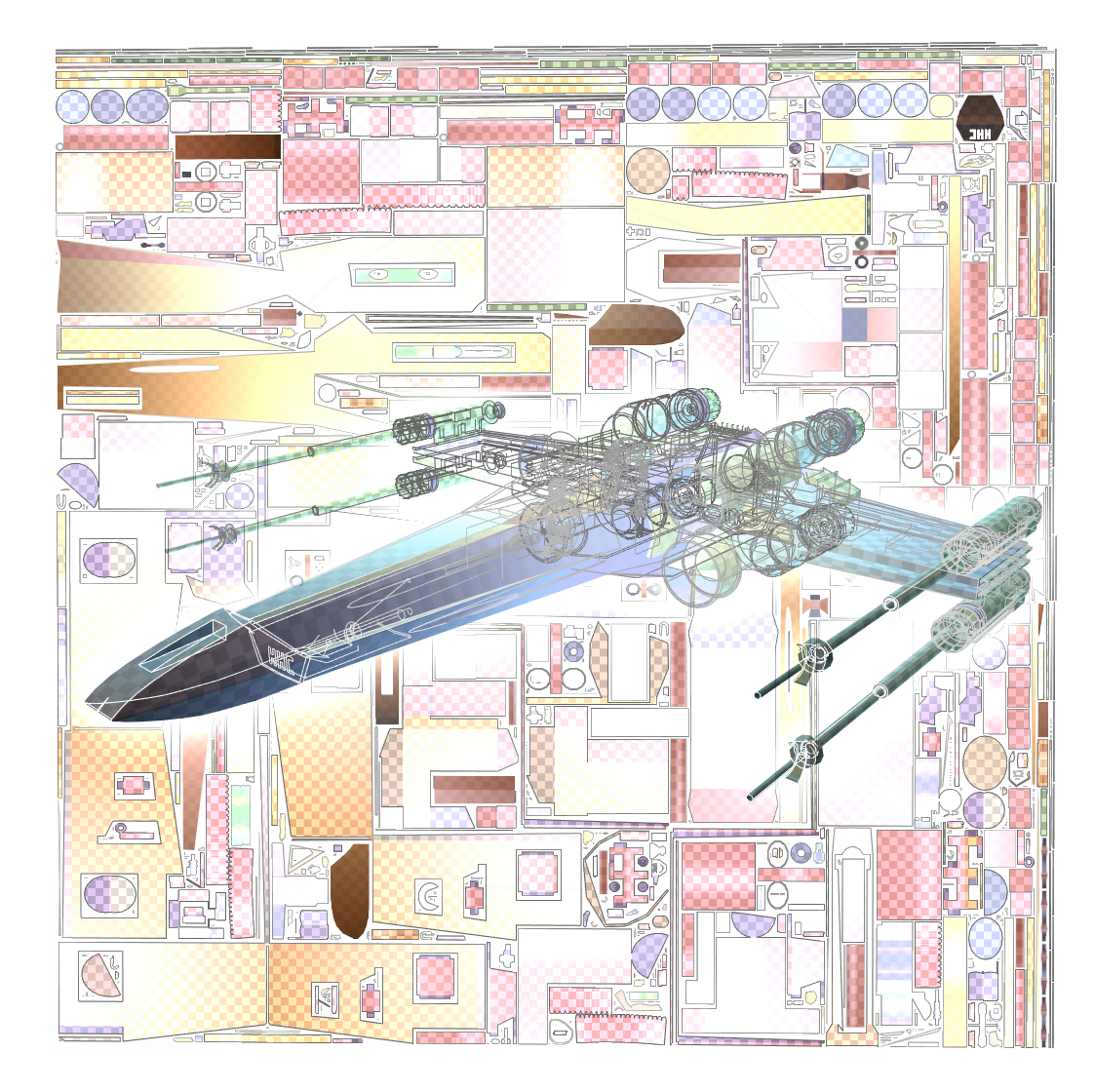
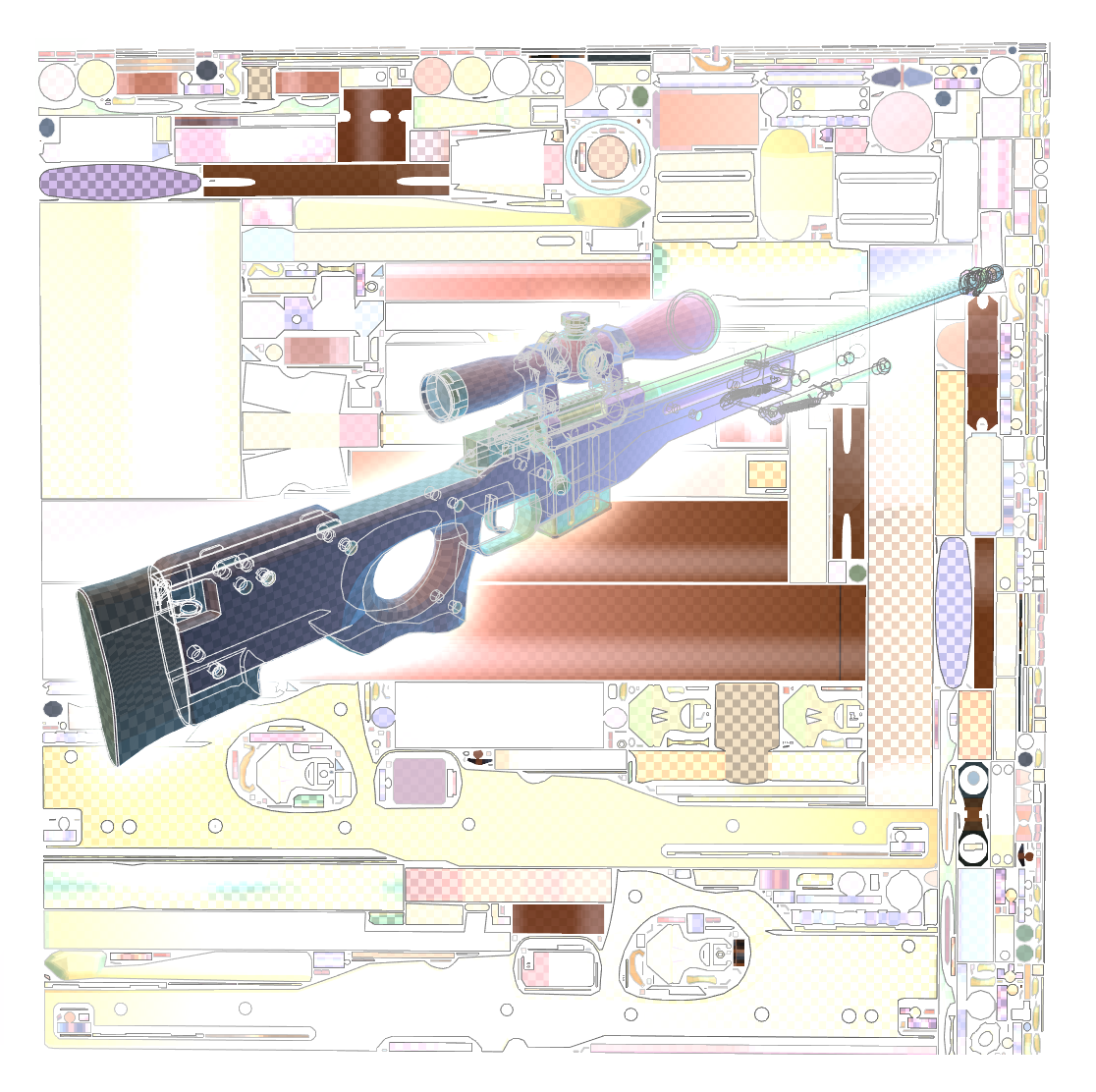
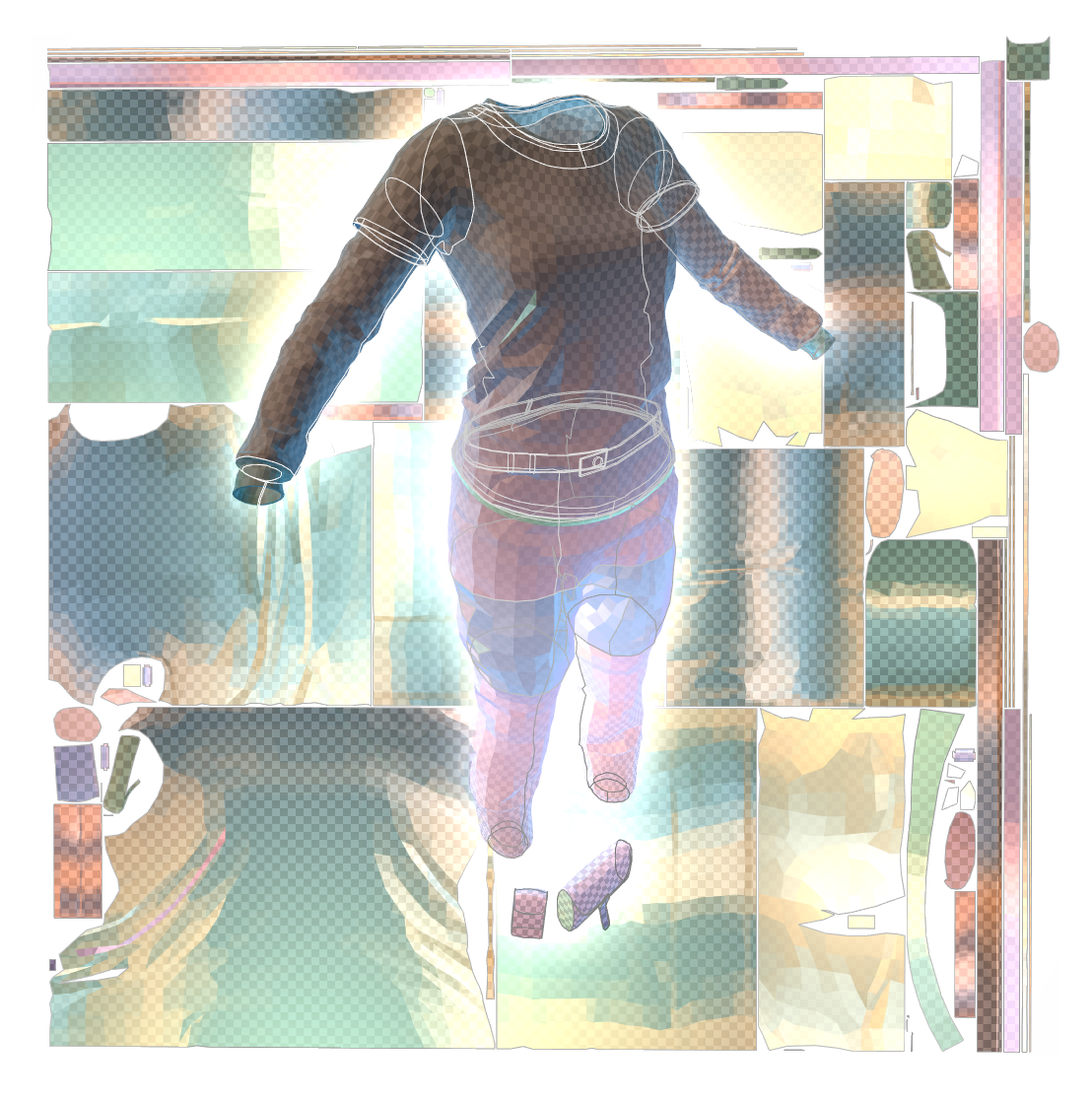
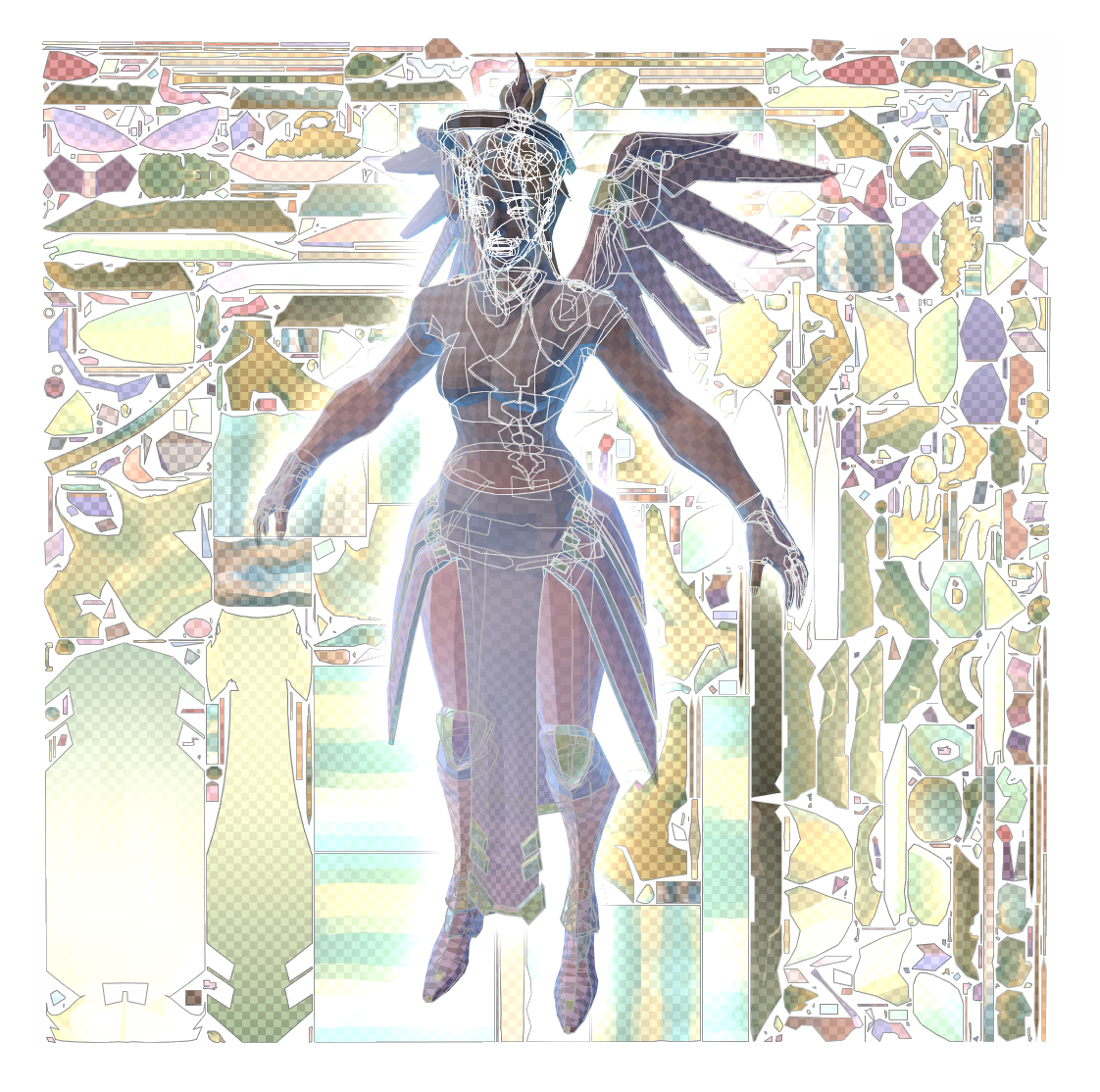

 What is UV mapping?
What is UV mapping?
 UV mapping, the process of taking a 3D model, and unwrapping it into
a flat surface, is one of the most labor intensive and costly
processes in computer graphics. A professional game artist spends as
much as 10-15% of their time just on this task. For most Game, VR, and
VFX artists this represent a huge time sink and cost. The Ministy of Flat removes
that entire step in a fast and reliable way.
UV mapping, the process of taking a 3D model, and unwrapping it into
a flat surface, is one of the most labor intensive and costly
processes in computer graphics. A professional game artist spends as
much as 10-15% of their time just on this task. For most Game, VR, and
VFX artists this represent a huge time sink and cost. The Ministy of Flat removes
that entire step in a fast and reliable way.
